This article was medically reviewed by Daniel Wozniczka, MD, MPH. Dr. Wozniczka is an Internal Medicine Physician, who is focused on the intersection of medicine, economics, and policy. He has global healthcare experience in Sub Saharan Africa, Eastern Europe, and Southeast Asia. He serves currently as a Lieutenant Commander in the U.S. Public Health Service and a Medical Officer for the Epidemic Intelligence Service in the CDC. He completed his MD at Jagiellonian University in 2014, and also holds an MBA and Masters in Public Health from the University of Illinois at Chicago.
There are 12 references cited in this article, which can be found at the bottom of the page.
This article has been viewed 28,126 times.
Having an asthma attack can be frightening. It can also be frightening to see someone you know, or even a stranger, have an asthma attack. The person may be panicking, especially if they do not have their inhaler. Fortunately, you can help! Assist someone having an asthma attack by getting the appropriate medical assistance, helping them to remain calm, and using simple techniques to help improve their breathing.
Steps
Initiating Help
-
1Call an ambulance if their inhaler isn’t working or they can’t breathe. If the person loses consciousness, is struggling to breathe, or if their lips or nails are turning blue, call for help right away. You should also call an ambulance if the person doesn’t have their inhaler, if their inhaler doesn’t help alleviate their symptoms after ten puffs, or if the inhaler helps initially but their symptoms worsen afterwards. Use a cell phone or ask someone else to call the ambulance so you can stay by the victim. If you have access to a car, drive them to the hospital.[1]
- Keep them calm while you wait for the paramedics to arrive. Encourage them to sit up straight, breathe slowly and continue to use their inhaler if it helps.
- If the person has mild symptoms and can speak and move around, you can try to alleviate their symptoms without calling for help.
-
2Recognize an asthma attack. If the symptoms aren’t severe enough to need immediate medical attention, take a moment to recognize the symptoms and communicate with the person to confirm that they’re having an asthma attack. If you know that the person has asthma and you see that they’re having trouble breathing, they’re probably having an asthma attack. If you don’t know for sure that they have asthma, watch for signs and symptoms of an attack, such as:[2]
- Difficulty speaking
- Difficulty breathing
- Wheezing
- Coughing
- Distress or panic
- Blue tinge to their lips or beneath their fingernails
Advertisement -
3Remain calm. The person having the asthma attack may feel frightened or start to panic. It’s important that you remain calm. Take slow, deep breaths. Use positive language, like, “It’s going to be okay,” or, “I’m here with you.” When you tell the person what to do, speak in a calm, firm voice – “I need you to sit upright and point to where your medicine is.”[3]
- Avoid saying anything that may make the person more afraid, like, “I don’t know what to do!” If you stay calm, you’ll help the victim feel calmer.
-
4Confirm that the person wants help. If you encounter a stranger having an asthma attack, don't assume that they want your help. Approach them calmly, quickly introduce yourself, and offer assistance. Don't be offended if they don't want your help. If they do, ask what you can do for them.
- Approach the person and say something like, "Hi, my name is Tom. I noticed you may be having some trouble. I'd like to help, if I can. Can I offer any assistance?"
- Ask permission before touching the person. Say, "I'm going to help you sit down, is it okay if I hold your arm?"
-
5Ask about their action plan. If the person can talk, ask them about their asthma action plan. Many people with asthma have a plan for flare-ups and attacks. They may be able to tell you how to help, when to get their medication, where their medication is, and if or when to call for emergency services.[4] They may also be able to tell you what has helped to relieve their symptoms in the past, such as getting away from certain triggers or going to a calm, cool area.
Providing Medical Assistance
-
1Get the person’s medication for them. If you know where the person keeps their inhaler, get it as quickly as possible. If you don’t know, ask the victim where their inhaler is kept.[5] If they can’t speak, tell them to point or write it in the dirt with their finger. Call someone who can help, like a family member.
- Be aware that a person may have more than one inhaler or other type of medication. Some medications are used for “maintenance” (everyday use to reduce or prevent asthma symptoms), while others are quick-acting “rescue” medications intended to relieve an asthma attack in progress.[6] If the person is able, have them tell you (or point out) which medication they use for an emergency.
- Many asthma patients carry an instructions card with their inhaler. Look for this. It can help you know what to do, even if the person can’t speak.
-
2Help them take their medication if they can’t do it alone. Most asthma patients know how to use their inhaler correctly, so let them do it themselves. If they are not calm enough to do it, you can help. Shake the inhaler. Place the mouthpiece of the inhaler between their lips. Tell them when you are about you give the medication, so they can take a deep breath at the same time. Wait several seconds before giving the next dose, or until they say they’re ready.
- Help the person take 1-2 puffs from their inhaler every 2 minutes. Do this until their symptoms get better, or until they have had 10 puffs.[7] If emergency medical services haven’t arrived after 15 minutes, repeat this process.
- Using their own inhaler is ideal, but using someone else’s inhaler may be better than having no medicine at all. If they don’t have their inhaler but you do or someone else does, it’s okay to use that inhaler in an emergency.
Making Them More Comfortable
-
1Calm and reassure the person. Staying calm will help keep the victim’s muscles from tightening more and worsening their breathing trouble. Inform the person that help is on the way and that you are there to help. Hold their hand, or just stay nearby. Speak in a soothing voice.[8]
-
2Help them sit upright. Assist the person to sit up straight, whether on a chair or on the ground. Sitting upright can help them to breathe easier. Lying down and slouching constricts breathing.[11] Tell the person what to do, such as, “Sit on the ground and sit up straight.” If they are panicking and do not listen, try to gently guide them with your hands.
- Firmly hold their arm and try to lead them to a seated position. Place your palm on their back over their spine and use gentle pressure to encourage them to sit up straight. Do not push, shove, or handle the person roughly.
-
3Instruct them to take long, deep breaths. When someone has trouble breathing, their natural response may be to take short, gasping breaths. This can make them hyperventilate. Tell the person to take long, deep breaths. Say, “Breathe in through your nose, and breathe out through your mouth.” This may be difficult for them, but encourage them to do it the best they can.[12]
- Help them breathe in to the count of 4 and breathe out to the count of 6. Count out loud and breathe along with them. Show them how to purse their lips while breathing out to slow down their exhalation.
-
4Loosen any restricting clothing. If the person is wearing anything restricting, help them to loosen it.[13] Use your judgment about whether it’s appropriate to touch the person or their clothing.
- If you’re helping a stranger, suggest they loosen their clothing. If it’s a family member, it’s okay to do it for them. In an emergency, don’t be afraid to help as much as possible.
Improving Breathing Naturally
-
1Move them away from the trigger. Asthma attacks can be triggered by chemicals, smoke, mold, pets, sawdust, or other allergens.[14] If it seems like the attack was triggered by something in the environment, lead the person away from the trigger. Keep them away from smoke, dust, and chemical smells – including chlorine, like if you’re in an enclosed pool or hot tub. Take them to an air conditioned space or somewhere with clean air.[15]
- If you cannot move the person, have them breathe through a scarf or sleeve to minimize how much irritant they inhale.
- Asthma attacks can also happen without a trigger.[16]
-
2Give them hot coffee or tea. If their symptoms are not very severe – if they can breathe with only minor difficulty and they are calm – try giving them a cup of a hot, caffeinated beverage. This may help open up their breathing pathways for a short time.[17] Give them one or two cups of coffee or caffeinated tea to drink right away.
-
3Get them to a steamy room. If possible, bring the person to a bathroom filled with steam. Run a hot shower and close the door so the room steams up, or have them take a hot shower. The heat and steam can loosen mucus in their lungs and help to open their airways.
Expert Q&A
-
QuestionWhat can I do around the house to help manage my teenager's asthma?
 Shaun Berger, MDDr. Shaun Berger is a board certified Pediatrician based in the San Diego, California metro area. Dr. Berger provides comprehensive primary care for newborns, children, and adolescents, focusing on preventive medicine. Dr. Berger earned a BA in Psychology from the University of California, San Diego and an MD from the University of Illinois at Chicago. Dr. Berger then completed a residency at the UCSF/Fresno Community Medical Centers/Valley Children’s Hospital where he was elected Chief Resident. He has been awarded the UCSF Foundation Award and is a Fellow of the American Academy of Pediatrics.
Shaun Berger, MDDr. Shaun Berger is a board certified Pediatrician based in the San Diego, California metro area. Dr. Berger provides comprehensive primary care for newborns, children, and adolescents, focusing on preventive medicine. Dr. Berger earned a BA in Psychology from the University of California, San Diego and an MD from the University of Illinois at Chicago. Dr. Berger then completed a residency at the UCSF/Fresno Community Medical Centers/Valley Children’s Hospital where he was elected Chief Resident. He has been awarded the UCSF Foundation Award and is a Fellow of the American Academy of Pediatrics.
Board Certified Pediatrician While it depends on their specific triggers, regular dusting can help reduce allergens in the air. You can also try cleaning with unscented, hypoallergenic cleaners.
While it depends on their specific triggers, regular dusting can help reduce allergens in the air. You can also try cleaning with unscented, hypoallergenic cleaners.
References
- ↑ http://kidshealth.org/en/teens/friend-flareup.html
- ↑ https://medlineplus.gov/ency/patientinstructions/000062.htm
- ↑ https://www.betterhealth.vic.gov.au/health/conditionsandtreatments/asthma-emergency-first-aid
- ↑ https://www.cdc.gov/coronavirus/2019-ncov/need-extra-precautions/asthma.html
- ↑ https://www.redcross.org.uk/first-aid/learn-first-aid/asthma-attack
- ↑ https://medlineplus.gov/ency/patientinstructions/000008.htm
- ↑ https://www.sja.org.uk/get-advice/first-aid-advice/asthma-attack/
- ↑ https://www.sja.org.uk/get-advice/first-aid-advice/asthma-attack/
- ↑ http://www.healthcentral.com/slideshow/6-ways-to-help-someone-having-an-asthma-attack#slide=3
- ↑ http://www.healthcentral.com/slideshow/6-ways-to-help-someone-having-an-asthma-attack#slide=5
- ↑ https://www.sja.org.uk/get-advice/first-aid-advice/asthma-attack/
- ↑ https://www.redcross.org.uk/first-aid/learn-first-aid/asthma-attack
- ↑ https://medlineplus.gov/ency/article/000007.htm
- ↑ https://www.sja.org.uk/get-advice/first-aid-advice/asthma-attack/
- ↑ https://www.healthxchange.sg/asthma/complications-management/survive-asthma-without-inhaler
- ↑ https://my.clevelandclinic.org/health/diseases/6424-asthma#symptoms-and-causes
- ↑ https://www.healthxchange.sg/asthma/complications-management/survive-asthma-without-inhaler
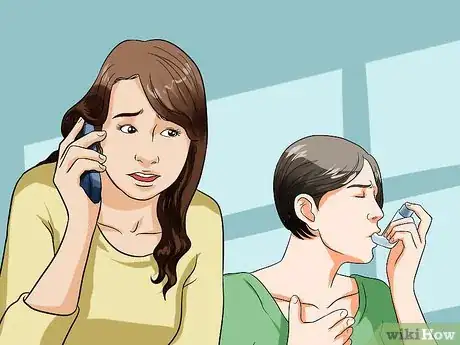
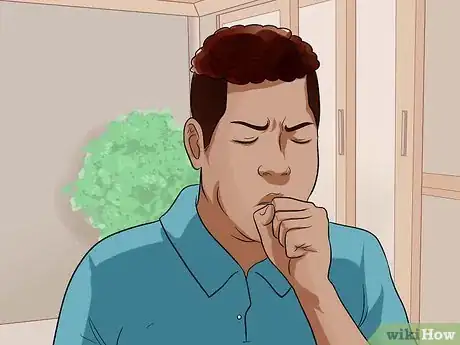
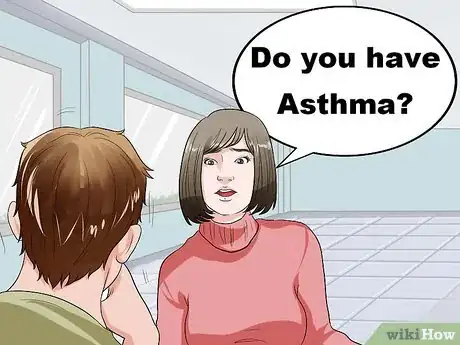
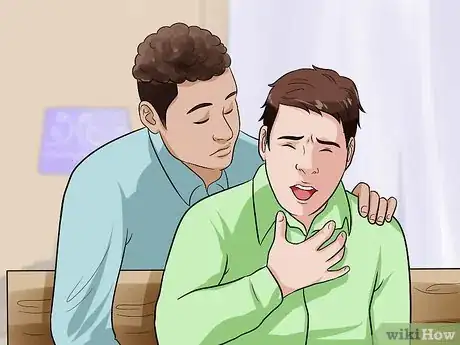
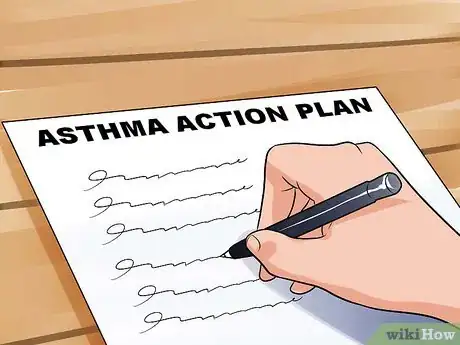
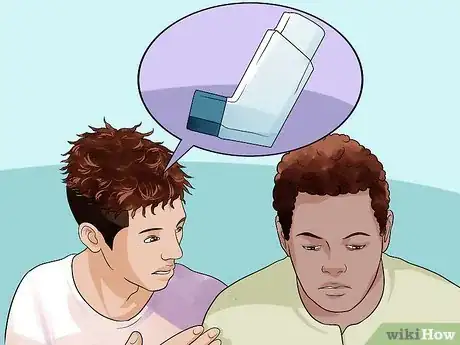
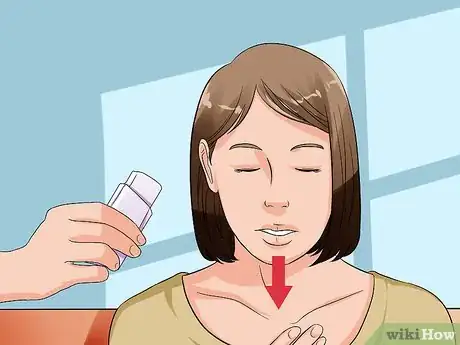
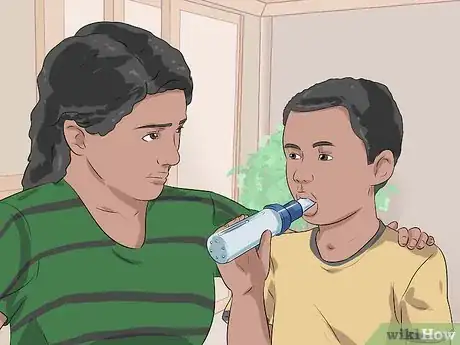
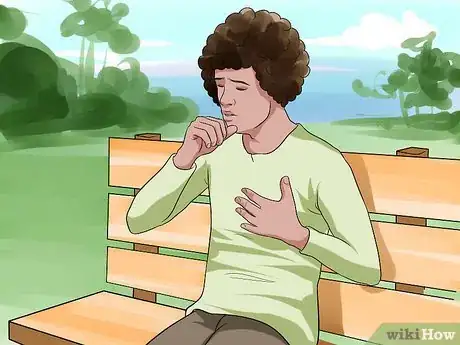
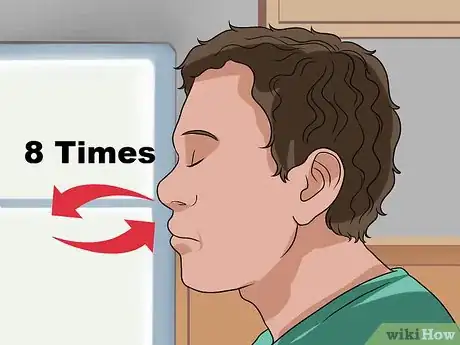
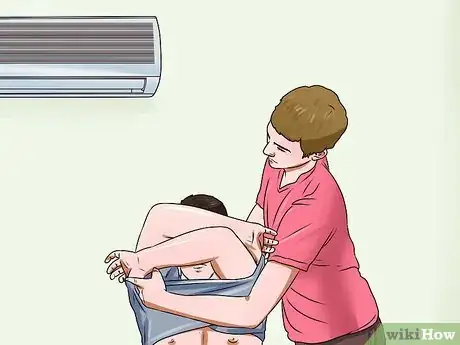
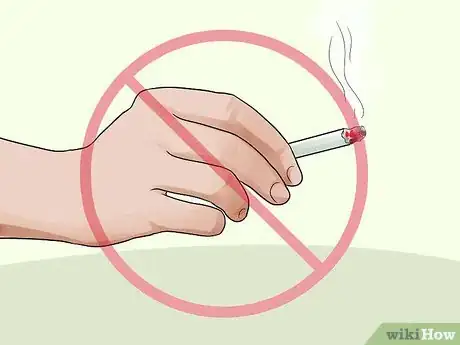
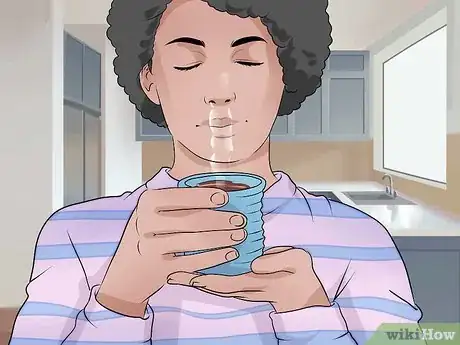
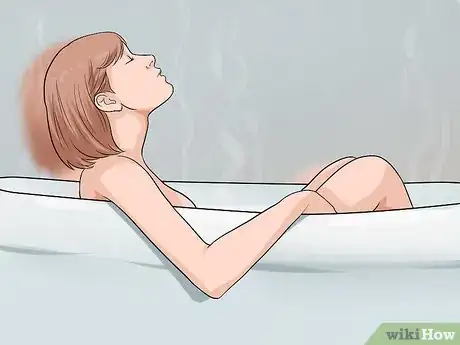
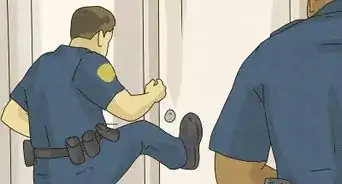
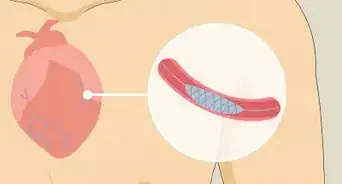
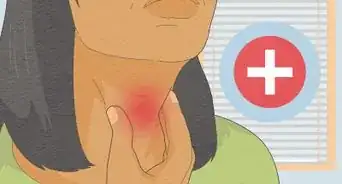
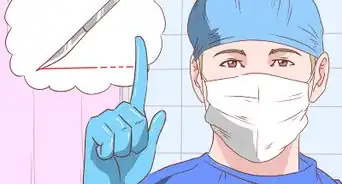
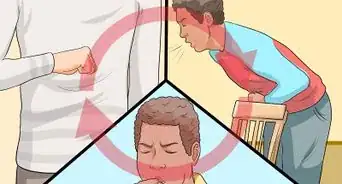
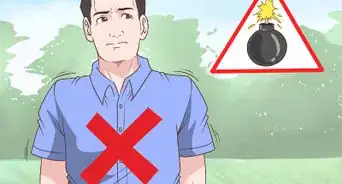
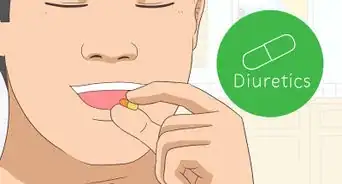


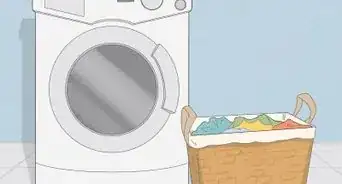

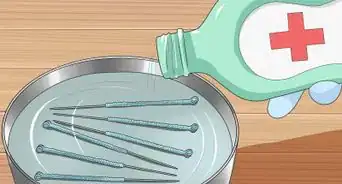







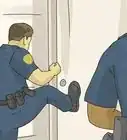

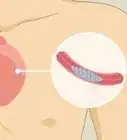




































Medical Disclaimer
The content of this article is not intended to be a substitute for professional medical advice, examination, diagnosis, or treatment. You should always contact your doctor or other qualified healthcare professional before starting, changing, or stopping any kind of health treatment.
Read More...